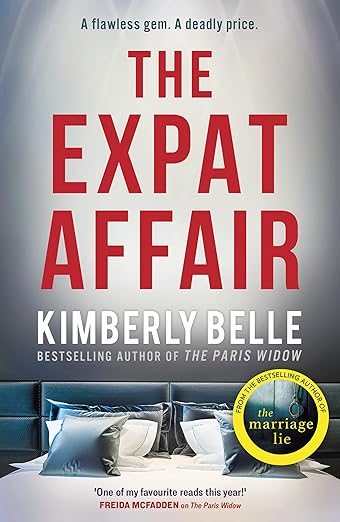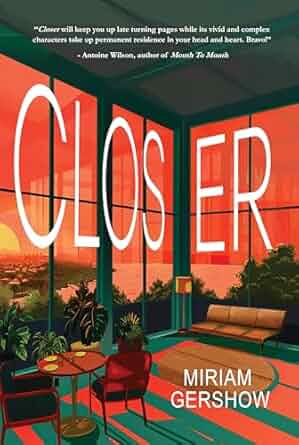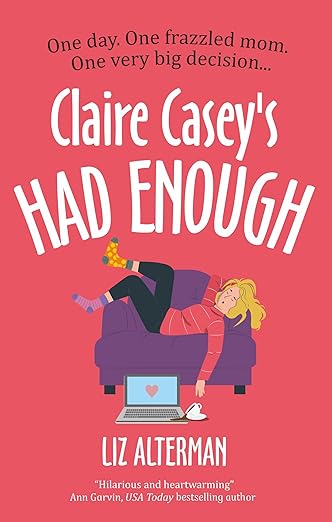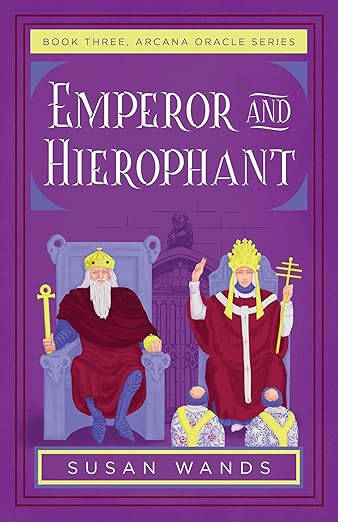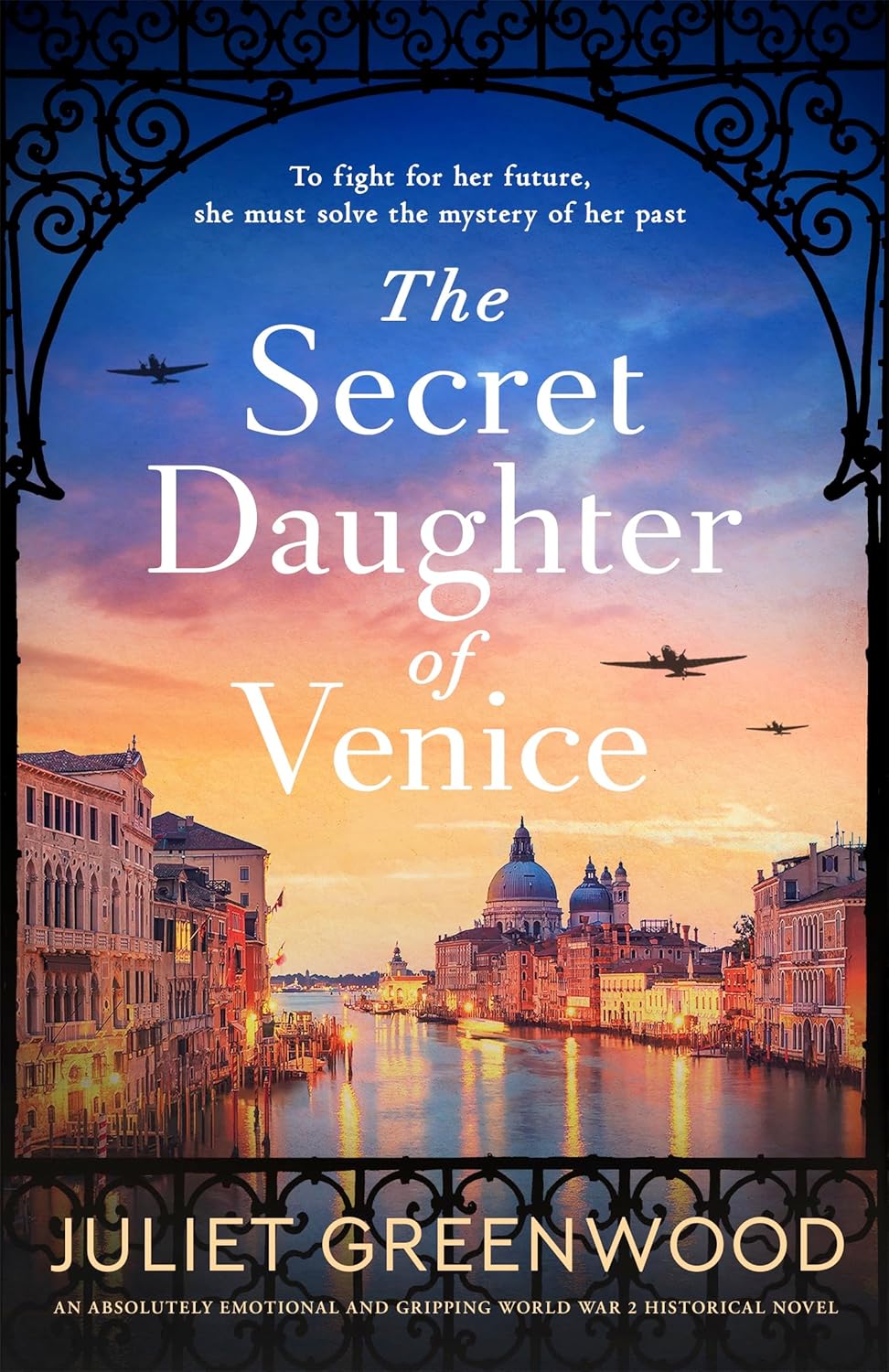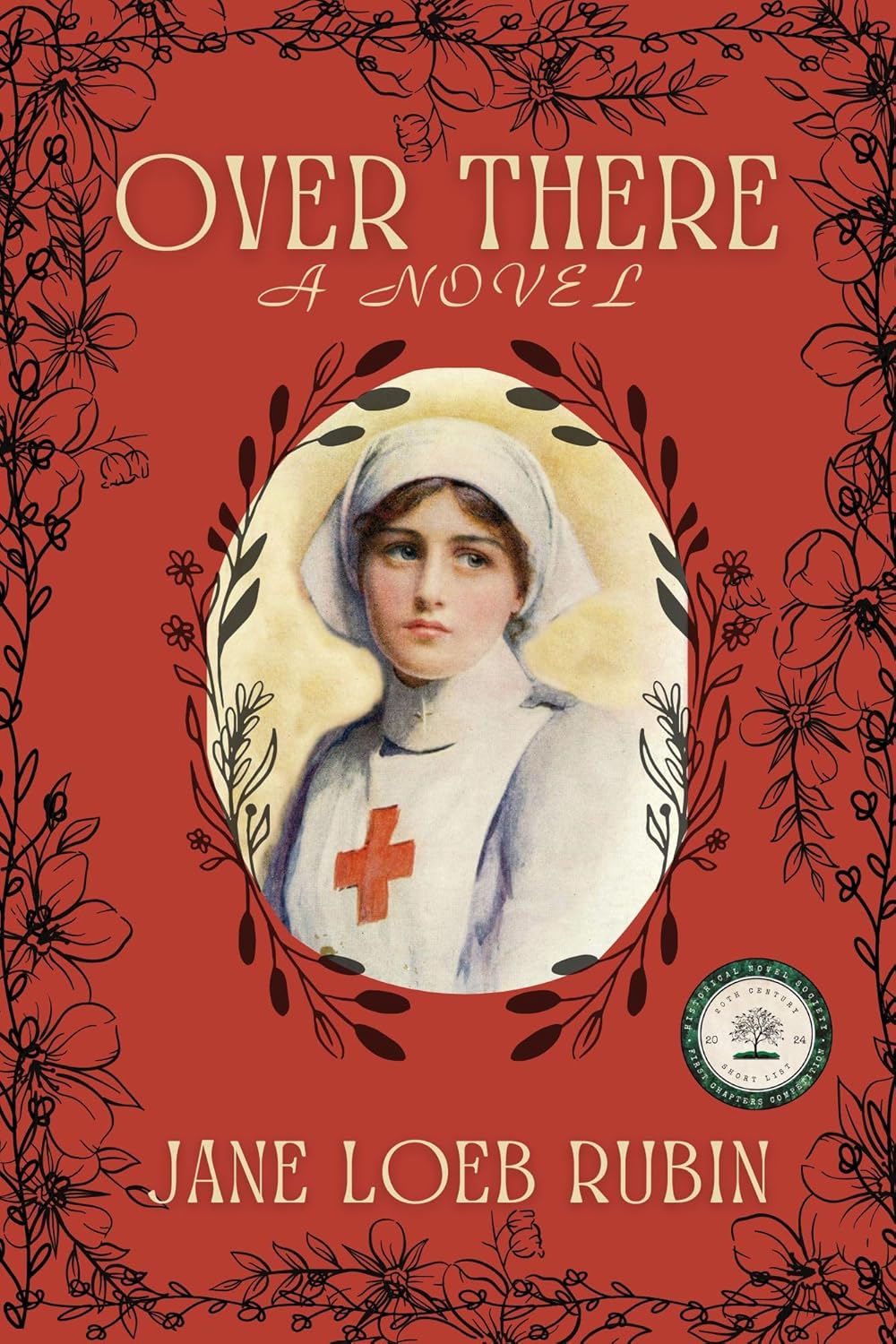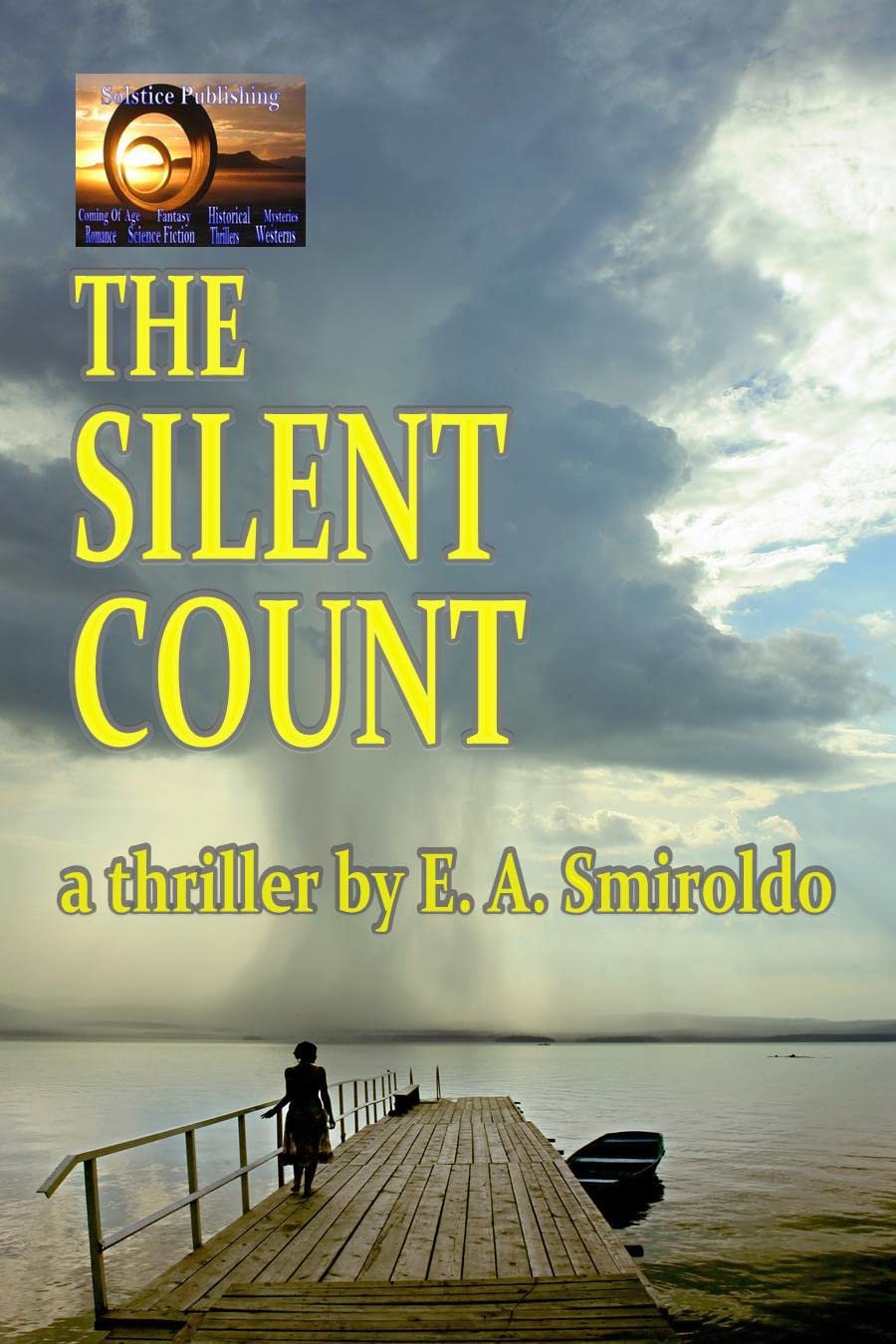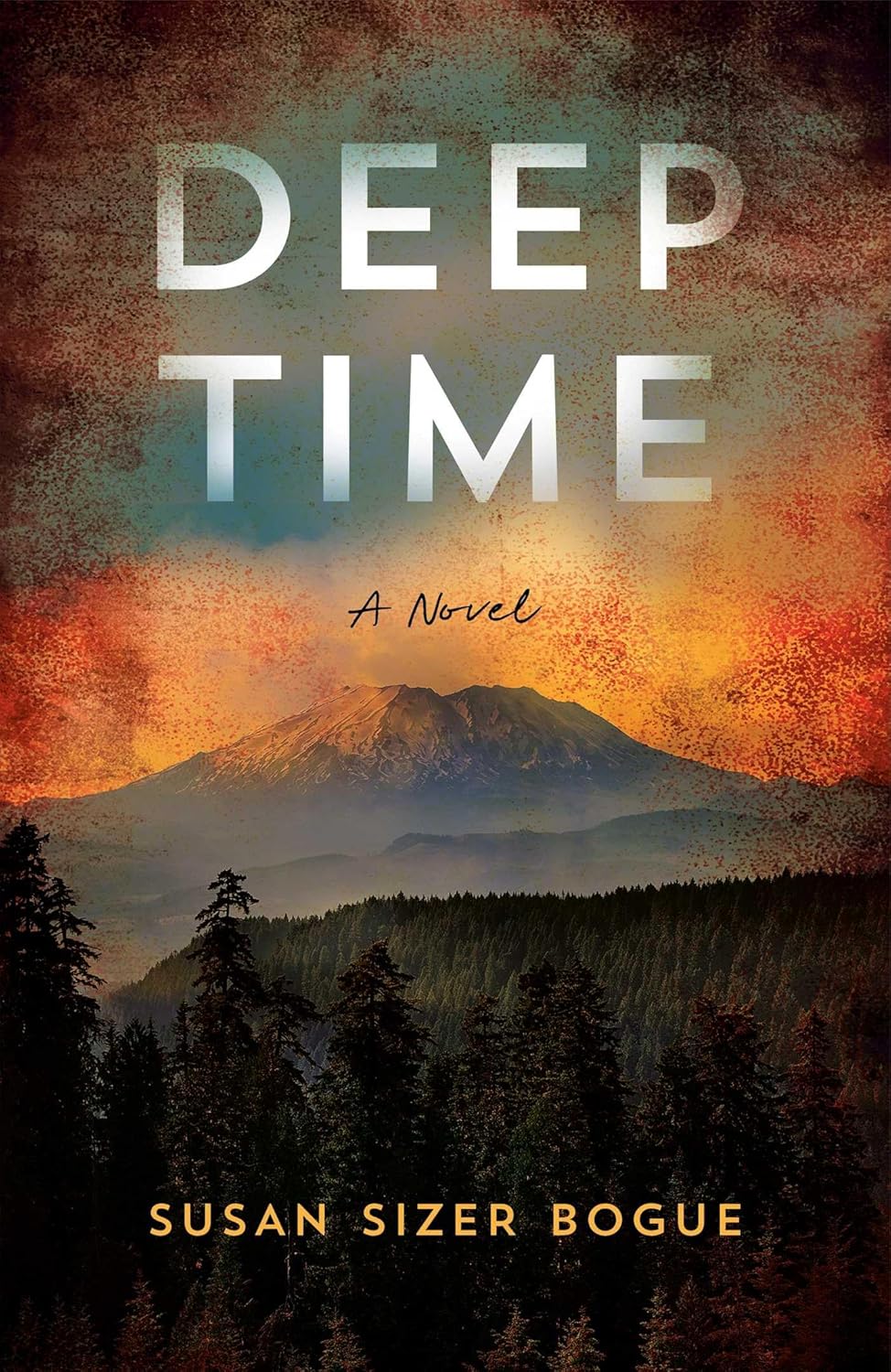Interweaving Fact and Fiction in Historical Novels by Jill Caugherty
Interweaving Fact and Fiction in Historical Novels by Jill Caugherty
Historical fiction gives readers the opportunity to travel with the protagonist on an adventure into the past with the added bonus of learning fascinating, relevant information about that time period. Credible, carefully-chosen details make me feel that I’m right there with the protagonist, accompanying her in a horse-drawn carriage or filling a bucket from a well on a Civil War-era farm. It’s also why, as a writer of historical fiction, I try to strike the right balance when including facts in a novel: too many and the reader may feel overwhelmed or bored; too few and the backdrop for the story may be unconvincing or even inaccurate. For me, the right balance involves a series of steps, captured below.
Researching a Historical Novel
Before I start writing the first draft of the story, I create a file with historical facts about the time period, organized by subject. For example, while researching The View from Half Dome, set during the Depression at San Francisco and Yosemite National Park, I took copious notes not just on San Francisco and Yosemite in the thirties, but manners of speech, lifestyle, food, cost of living, jobs, and clothes in that era. Additionally, I researched Enid Michael, the park’s first female ranger-naturalist, and an avid climber. In the novel, she mentors and inspires Isabel, the protagonist. My sources included national park publications, articles from climbing and outdoor magazines, a Yosemite National Park Brochure from 1935, a WPA guide to San Francisco, and a priceless out-of-print book of articles that Enid Michael herself had written. In the end, of course, I did not leverage all of these facts, but I was able to dig deeply enough to develop a good understanding of the subjects, which enabled me to decide what to keep and what to toss.
Writing the First Draft
Characters and plot are paramount to a novel, so when writing the first draft, that’s where I focus. If possible, as a secondary goal, I insert historical details: colloquialisms, descriptions of houses, furniture, clothes, even current events. In the case of The View from Half Dome, I drew upon popular practices at Yosemite during the thirties such as the famous firefall, feeding the bears, and nature walks through the public wildflower garden. If I’m stumped by something that I haven’t researched – e.g. how much was a cup of coffee in 1934, or what was the cost of a train ticket from one end of the country to another—I add a note and come back to it in a later draft.
Deciding Which Facts to Delete and Add
Sometimes I’m tempted to include facts from my research that ultimately don’t advance the plot. The revision process is the perfect place for identifying which information bogs down the story and then removing it. For example, in The View from Half Dome, I originally wrote a sub-plot about the longshoremen in San Francisco and their strike during the summer of 1934. Although the protagonist’s deceased father is a longshoreman, many of the facts that I included about the strike were unnecessary, so in a later draft, I removed them.
On the other hand, a San Francisco flat, diner, city streets and the Yosemite wildflower garden, circa 1934, often required more details than I had included in the first draft to be convincing. As a result, I had to return to these passages and add a few choice descriptions to give the reader a crisper visual/sensory experience of being there. As part of this process, I named several species of flowers in the public garden at Yosemite, described the ice box and phonograph in Enid Michael’s flat, a San Francisco soup line and a man in a slouch hat smoking beneath a dry goods awning in San Francisco.
Credible Dialogue
Credible dialogue is a wonderful tool for making a historical novel ring true. Inserting a few historically accurate colloquialisms in a character’s speech can bring that era to life for a reader. However, if a writer goes overboard with slang, it can have the opposite effect and make the dialogue sound stilted, corny, or incomprehensible. In The View from Half Dome, I used a few colloquialisms that were common in the thirties, including “swell” to describe something good and occasionally “Say” when a character addresses another character.
Feedback from Critique Partners and Beta Readers
After you’ve built a credible world in the past and populated it with characters (real, totally fictional, or a mix), it’s time to submit your manuscript to critique partners and/or beta readers to get their perspective. Does the mix of fact and fiction in your novel work? Do the details seem accurate, credible, and relevant to the plot? Review the feedback you receive and decide which suggestions resonate. Then revise accordingly.
—
Jill Caugherty is the author of the historical novel The View from Half Dome (pub date 4/20/23) and the debut novel, Waltz in Swing Time. After holding software development, product management, and marketing positions in the high tech industry for nearly thirty years, Jill writes full time and offers editing services to other writers. She is a member of the Women’s Fiction Writers’ Association and the North Carolina Writers’ Network. Jill lives in Raleigh, North Carolina with her husband and daughter. Please visit https://www.jillcaugherty.com for more information.
VIEW FROM HALF DOME
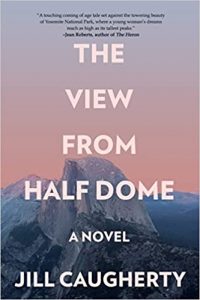 “Isabel will steal your heart with her hopeful spirit.” -Kerry Chaput, author of Daughter of the King
“Isabel will steal your heart with her hopeful spirit.” -Kerry Chaput, author of Daughter of the King
1934. Isabel longs to escape her squalid San Francisco neighborhood. While her mother struggles to make ends meet and her older brother serves with the CCC at Yosemite, she manages the household and comforts her younger sister with stories about an idyllic imaginary world. Desperate for a taste of freedom, she takes matters into her own hands-with tragic consequences.
Distraught, she flees to Yosemite, where she falls in love with its majestic beauty. Inspired by Enid Michael, the park’s only female ranger-naturalist, Isabel hikes, learns new skills, and discovers an inner strength she never knew she had. But even as she relishes her independence, she hides her grief, along with a terrible secret she fears will destroy relations with her family. And when she receives upsetting news from home, Isabel must decide if she can assist her family without sacrificing her chance at a new life.
Rich with historical detail and lyrical prose, The View from Half Dome is a moving coming of age story about hope, forgiveness, nature’s healing power, and the courage to overcome societal boundaries and grow, regardless of age.
Category: How To and Tips




